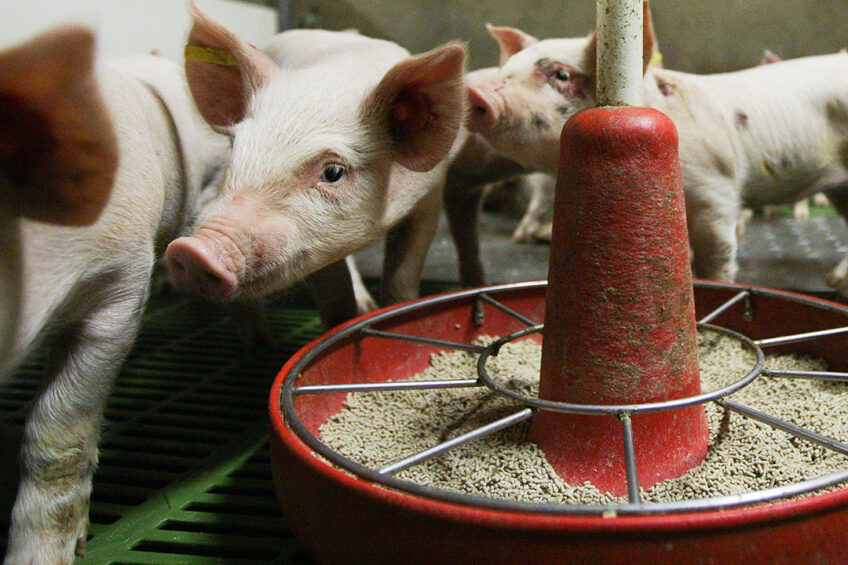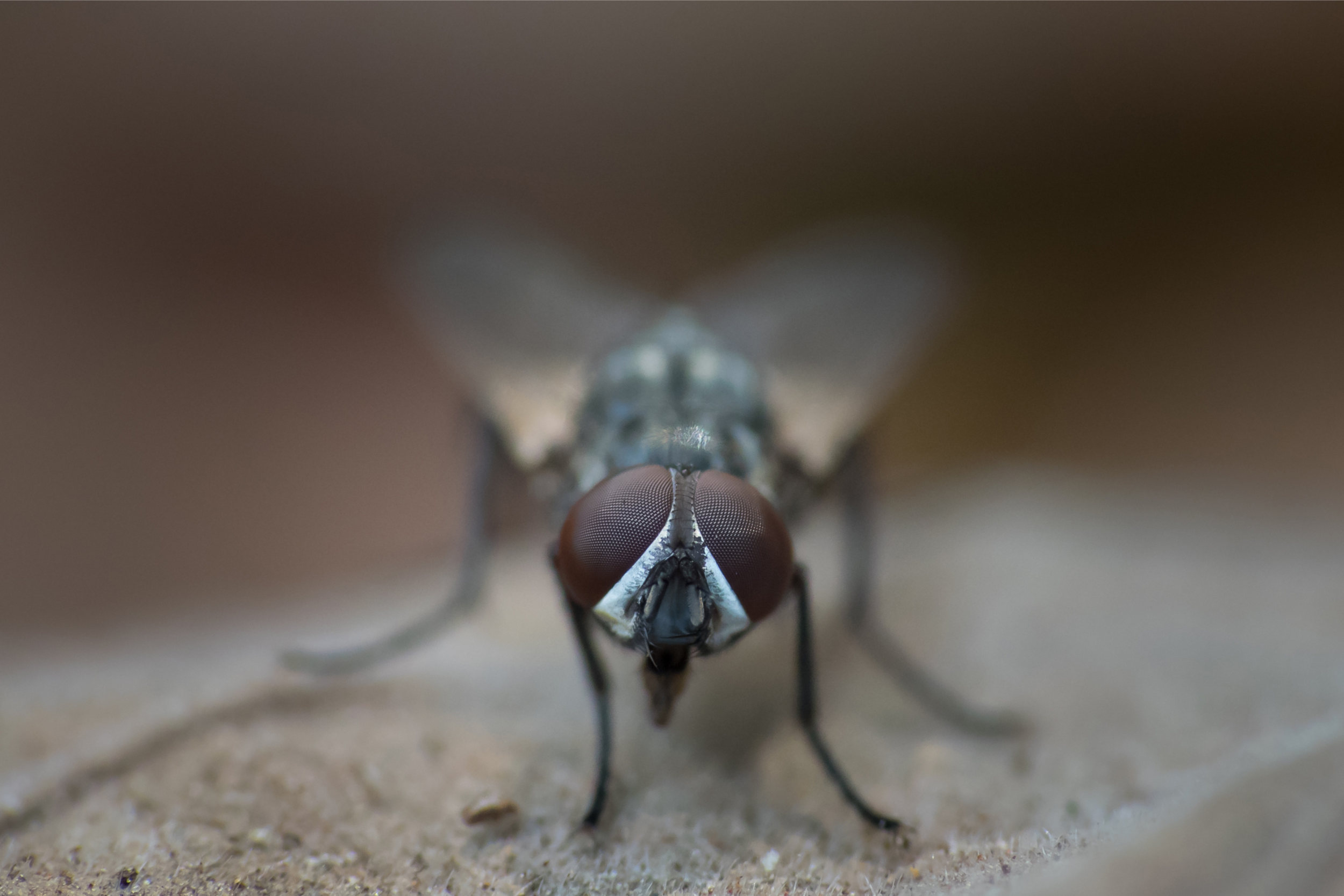Plasma boosts vaccination effects, even with ASFv

No vaccination round is the same – this much the pig industry knows. More than once, inclusion of spray-dried plasma in diets supports animal health management by maintaining or improving vaccine efficacy for farm animals. And yes, that appears to include ASF vaccine prototypes.
Vaccination strategies to manage animal health continue to evolve with advances in technology to produce and administer vaccines. In general, vaccines activate adaptive immunity in animals to a specific pathogen. The animal can then be more resilient to that specific pathogen exposure later in life. However, the impact of nutrition during vaccination on vaccine efficacy and subsequent animal performance is quite unclear.
Spray-dried plasma
Spray-dried plasma (SDP) is commonly used in pig diets to mitigate some of the detrimental effects associated with excessive immune system activation caused by abrupt dietary changes, environmental and behaviour stress and pathogen exposure during the post-weaning period. SDP is a mixture of functional proteins including albumen, globulin, transferrin, peptides, growth factors and other components that improve diet digestibility, growth, feed efficiency, health and survival of animals. SDP modulates the efficiency of the activated immune system to return to homeostasis more rapidly. It thereby spares more nutrient use for productive purposes.
In mice and layers, immunity was modulated after dietary supplementation with SDP. So what about pigs?
PCV2 vaccination and SDP
During the widespread emergence of porcine circovirus diseases, and specifically porcine circovirus 2 (PCV2) systemic disease, some vaccination strategies proposed to vaccinate pigs around weaning even though weaned pigs typically experience post-weaning stress and lowered feed intake and have non-mature immune systems.
Multiple studies have shown that starter diets containing SDP increase post-weaning growth and feed intake and improve feed efficiency. A study was conducted with weaned pigs to determine the effects of vaccination with a combined vaccine against PCV2 and Mycoplasma hyopneumoniae (M. hyo) or saline injected at day 3 post-weaning and fed a starter diet for 14 days post-weaning with 0% or 6% SDP on antibody development and wean-to-finish performance of pigs.
1 pig per pen inoculated with PCV2
After pigs were moved to the grow-finish facility (day 63 of study), 1 pig per pen was inoculated with PCV2 virus to expose the other pigs to the virus. Regardless of the starter diet fed, vaccinated pigs maintained a much higher seropositivity against PCV2 throughout the wean-to-finish periods, while non-vaccinated pigs experienced declining antibody levels up to day 63 of the study and then increasing levels towards the end of the finishing period after their exposure to PCV2.
Starter diet with SDP
Furthermore, pigs fed the starter diet with SDP had improved growth during the initial 14 days after weaning, independent of vaccination. Cumulative mortality was reduced for pigs fed the starter diet with SDP by the end of nursery phase (day 48 of study) and by the end of the finishing period (day 145 of study), while vaccinated pigs had reduced mortality from day 48 to day 145. Mortality during the nursery period was primarily associated with bacterial infections. Both the vaccinated pigs and those fed the starter diet with SDP had a heavier carcass weight.
These results suggest that the higher nutrient intake of pigs fed the starter diet with SDP during vaccination and the post-weaning stress period improved their resilience against secondary bacterial infections. In conclusion, the strategy of using SDP in the starter diet along with vaccination supported the best long-term beneficial effects on survival to market and carcass weight in this study.
Effect of SDP and a potential ASF vaccine
Since African Swine Fever virus (ASFv) has become widespread in several countries, efforts to develop an effective vaccine have progressed, with some promising prototypes under development. This year (2022), a team around the Institute of Agrifood Research and Technology (IRTA-CReSA) in Spain compared the efficacy of BA71∆CD2, an experimental vaccine prototype, using pigs fed with diets containing either 0% or 8% porcine SDP and later put in direct contact with pigs infected with ASFv Georgia 2007/01.
Research
The team used 24 weaned pigs randomly divided into a group of 16 test pigs and 8 “trojan” pigs.
8 vaccinated test piglets received a diet containing porcine SDP.
8 vaccinated test piglets received a control diet.
8 non-vaccinated trojan piglets received the control diet. The team injected them with ASFv during the trial to provide contact exposure of ASFv to the test pigs.
Initially, the team divided the test pigs into 2 groups of 8 pigs. On day 24, they administered 2 ml of the candidate vaccine BA71ΔCD2 to all test piglets. On day 19 after vaccination, they injected the 8 non-vaccinated trojan pigs with 1 ml of ASFv-strain Georgia 2007/01. 2 days later, they placed 4 trojans with the SDP group, and the other 4 with the control diet group. They euthanised the trojan pigs when they started showing clinical symptoms. 2 test pigs per group died because of reasons not related to ASFv, meaning that 6 test pigs per group completed the study.
All vaccinated pigs survived
As expected, all vaccinated pigs survived the ASF challenge. The team did however observe significant differences between the groups.
Vaccinated pigs fed control diet
During the exposure period, 4 out of pigs did not have fever, while the other 2 pigs had mild transient fever. At sacrifice time, tissues from 5 of the 6 vaccinated control group pigs were PCR positive for ASFv, albeit as expected for the dose of the vaccine used, showing higher cycle threshold (Cts; lower ASFv nucleic acid load) than trojan pigs.
Vaccinated pigs fed SDP
None of the pigs fed SDP had fever, and they all remained free of ASFv in the blood at all times after the challenge. Their tissues were all PCR negative at the end of the study (see Table 1), indicating sterilising protection.
Improving prototype efficacy
Under the conditions of this study, 8% porcine SDP in feed improved the ASFv vaccine prototype efficacy. In other words, pigs fed the diet with SDP showed lower virus load in nasal secretion. There was no virus presence in blood or faeces after a challenge with the virus strain Georgia 2007/01, when compared to those fed a control diet.
No virus detected in organ tissue
In addition, the team did not detect virus in any organ tissue of the pigs fed SDP at the time of sacrifice (day 20 post-exposure), thus offering a novel nutritional strategy of using SDP in feed to enhance the efficacy of a candidate ASFv vaccine and improve the health status of pigs under endemic ASFv conditions.
Improving animal resilience
The studies demonstrate that nutrition supplemented with SDP and fed to vaccinated animals improved animal resilience to a subsequent pathogen exposure. It also maintained or improved vaccine efficacy. Dietary SDP favourably modulates the pro-inflammatory and anti-inflammatory cytokine profile in various mucosal tissues from animals with an activated immune system.
References available on request.











